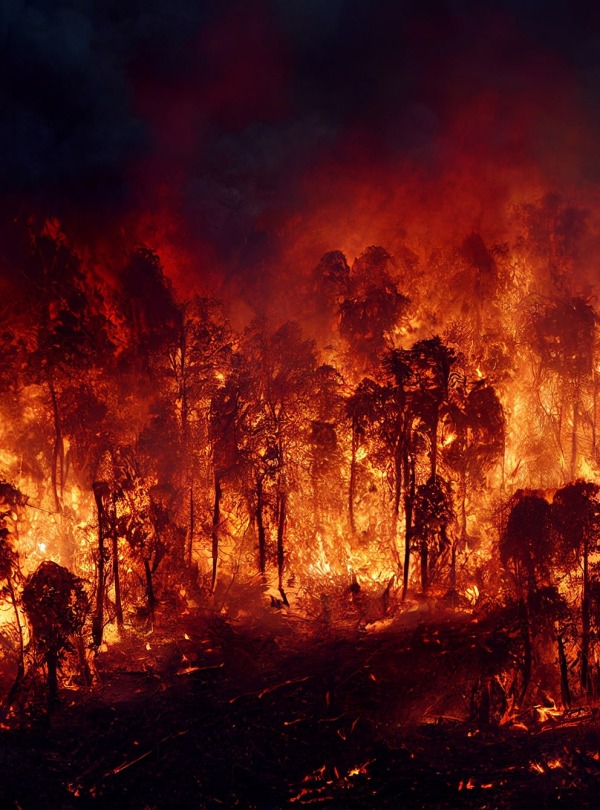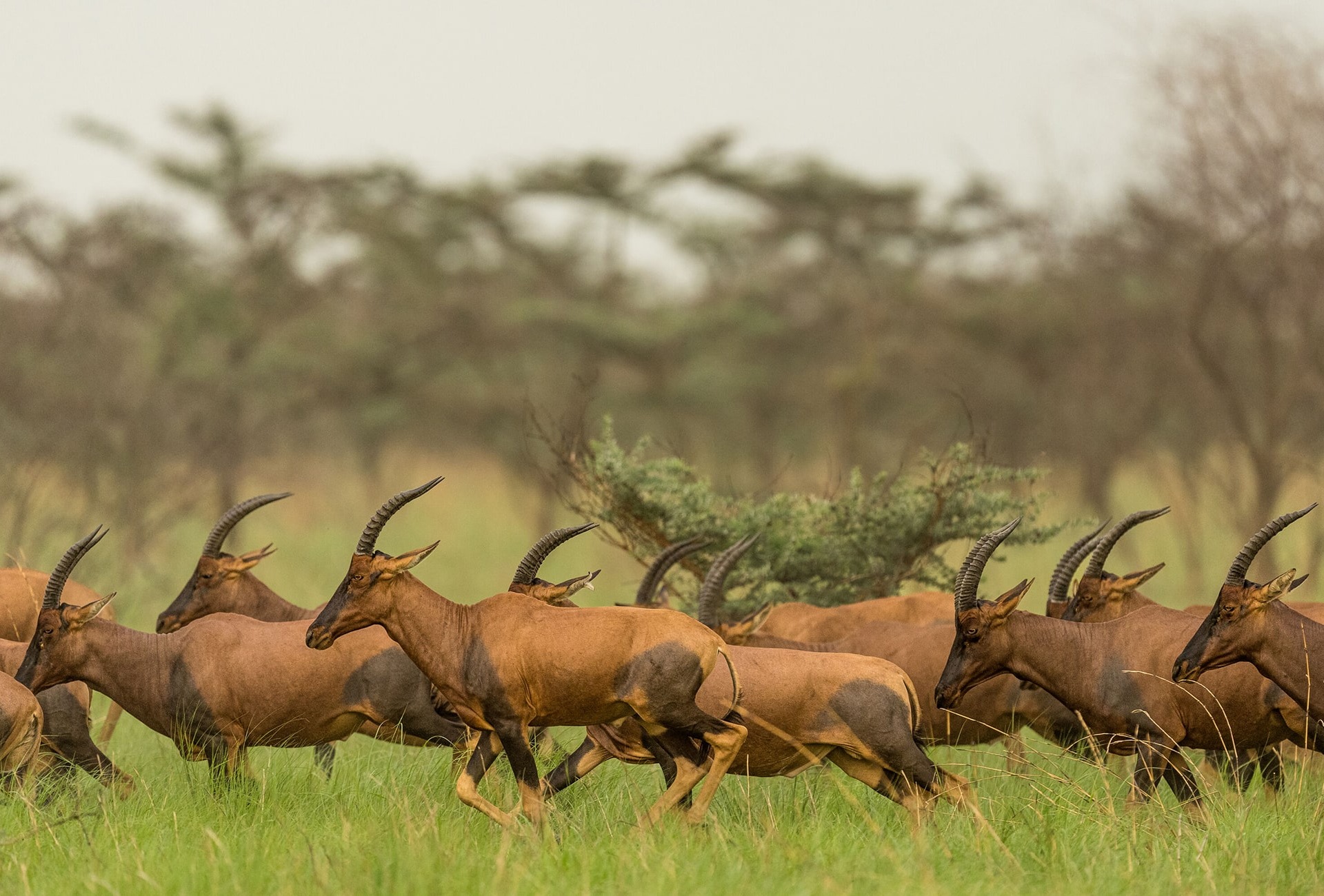
One of the last and most exceptional wildernesses in Africa—and the imperiled species who depend on it—is threatened by intense pressure from oil, gas and mining development and high-production agriculture.
-
Species at Risk
African Savanna Elephant (EN), Beisa Oryx (EN), Lion (VU), Cheetah (VU), Giraffe (VU)
-
Carbon stored
423,568,347 mT*
*(metric tons of CO2 equivalents) -
Partner
African Parks Network
-
9,376,800 Proposed Acres Conserved by
Designation
Please note that your donation may not be immediately reflected in the funding thermometer above.
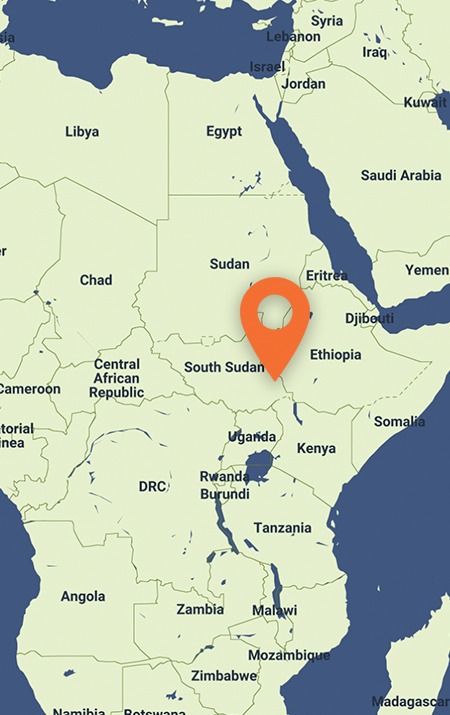
9,376,800
One of the last and most exceptional wildernesses in Africa—and the imperiled species who depend on it—is threatened by intense pressure from oil, gas and mining development and high-production agriculture.
-
Species at Risk
African Savanna Elephant (EN), Beisa Oryx (EN), Lion (VU), Cheetah (VU), Giraffe (VU)
-
Carbon stored
423,568,347 mT*
*(metric tons of CO2 equivalents) -
Partner
African Parks Network
-
9,376,800 Proposed Acres Conserved by
Designation
Please note that your donation may not be immediately reflected in the funding thermometer above.

9,376,800
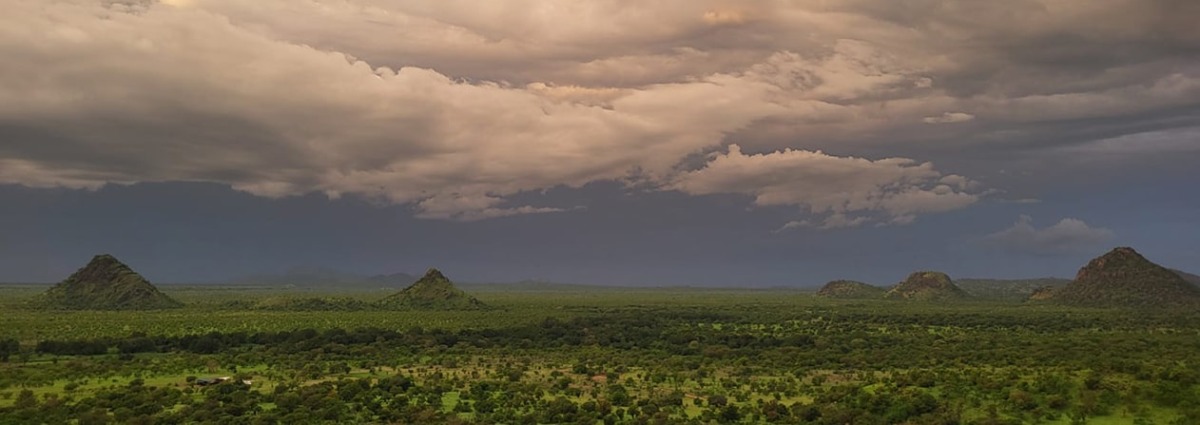
3X THE IMPACT
For the next $250,000 donated, your gift will have 3x the impact thanks to the SAVES donor and one of our generous board members.
TRIPLE YOUR DONATIONTRIPLE YOUR DONATIONThe Boma-Badingilo Migratory Landscape is a savanna and woodland floodplain that supports what may well be the world’s largest antelope migration. Millions of White-eared Kob, Mongalla Gazelle, Tiang and Bohor Reedbuck feed on abundant grasses as they sweep across 9.3 million acres of intact wilderness that is now under pressure from oil, gas, and mineral development and high-production agriculture.
Small populations of Endangered African Savanna Elephant, Beisa Oryx and a Critically Endangered subspecies of Giraffe, the Nubian Giraffe, are scattered across the vast Boma-Badingilo landscape, as are the Vulnerable Lion and Cheetah that have pursued them for thousands of years. Past civil unrest, poaching for the illegal commercial trade of bushmeat and ivory, and human-wildlife conflict with pastoralist communities have decimated their populations.
In the process of South Sudan becoming an independent country, the two national parks that bookend the Boma-Badingilo Migratory Landscape lost their official protective status. Rainforest Trust and our partner, African Parks Network, are supporting the re-establishment and expansion of Boma and Badingilo National Parks and the designation of the unprotected acres in between as Community Conservancies, for a total project area of 9,376,800 acres. This project is part of a greater strategy to increase connectivity with neighboring Gambela and Omo National Parks in Ethiopia and vast, unprotected areas to the north.
Header photo: Tiang in Boma and Badingilo National Parks, South-Sudan, courtesy African Parks/© Marcus Westberg
Discover Boma and Badingilo National Parks
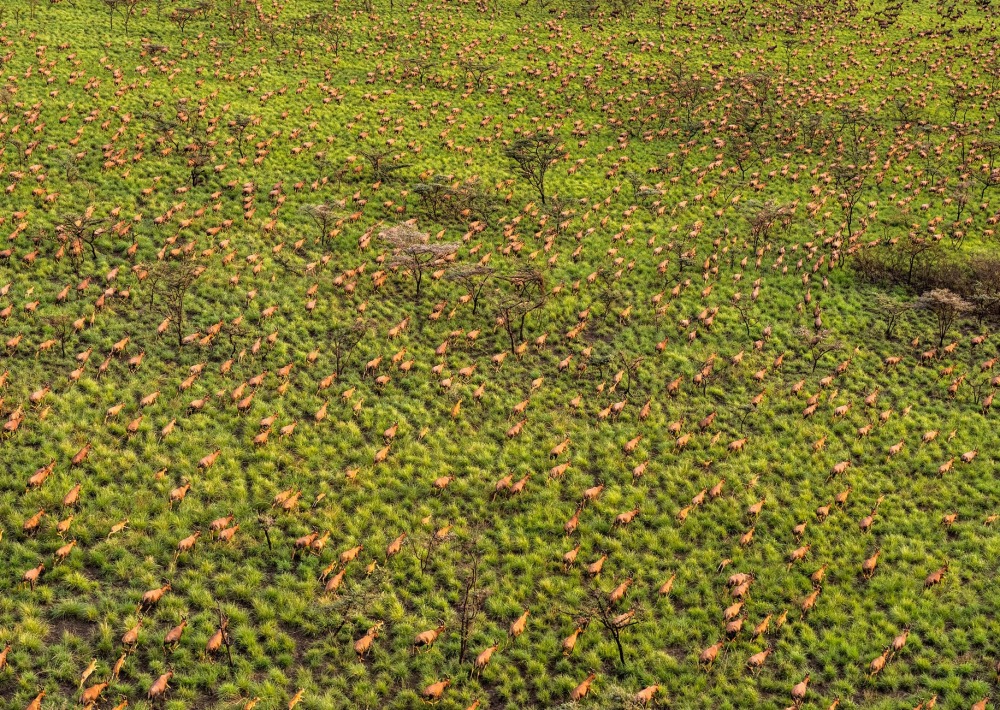
Tiang in Boma and Badingilo National Parks, courtesy African Parks/© Marcus Westberg
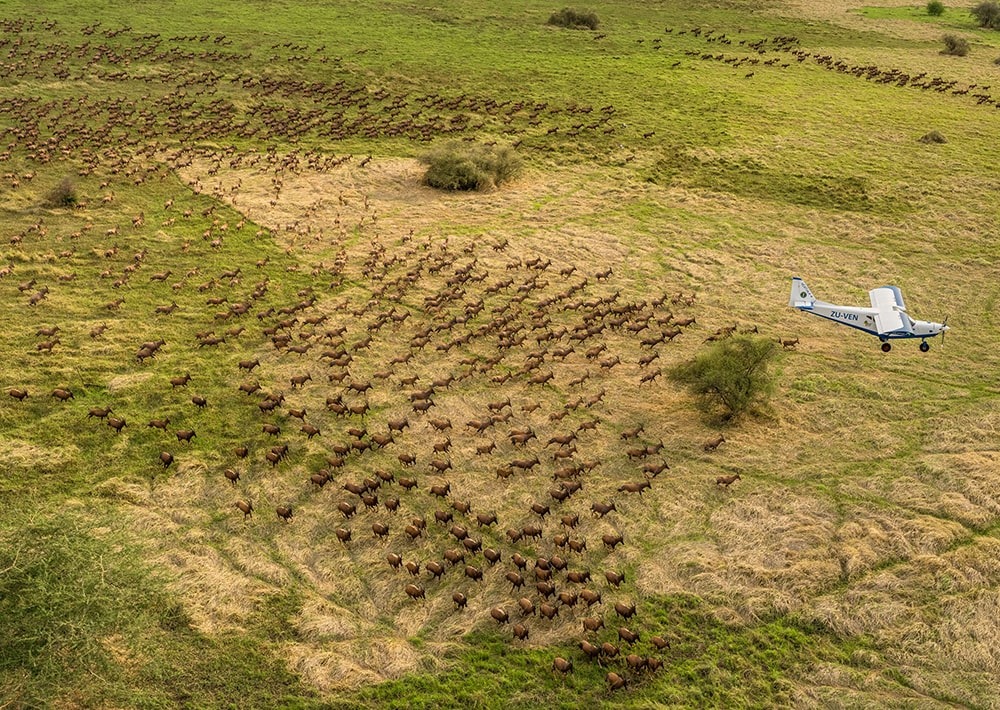
Tiang in Boma and Badingilo National Parks, courtesy African Parks/© Marcus Westberg
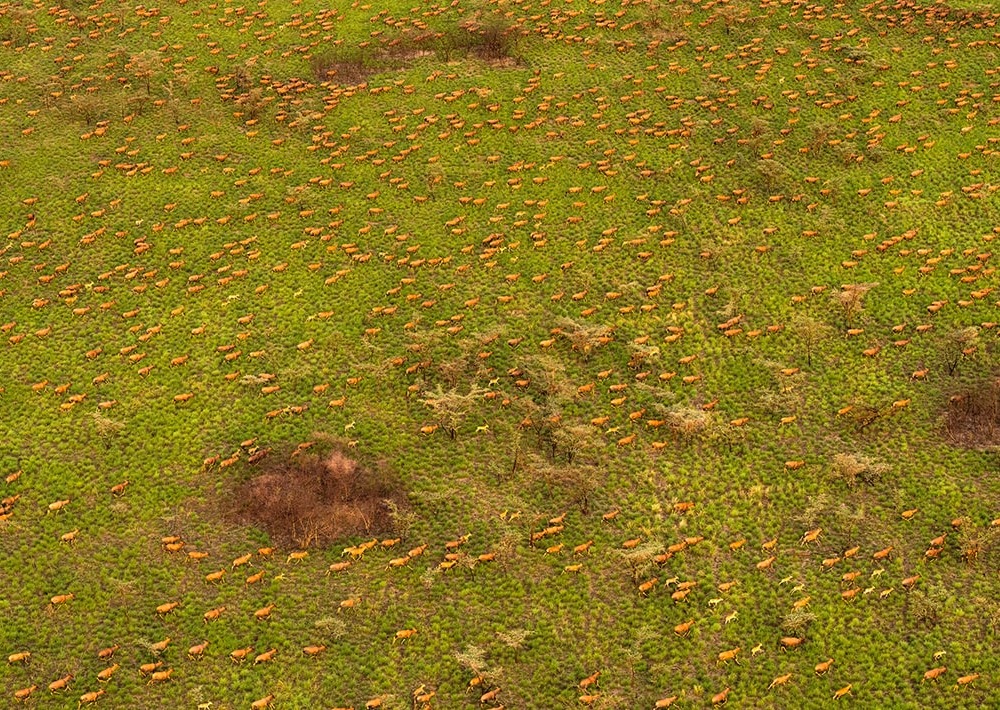
Tiang in Boma and Badingilo National Parks, courtesy African Parks/© Marcus Westberg
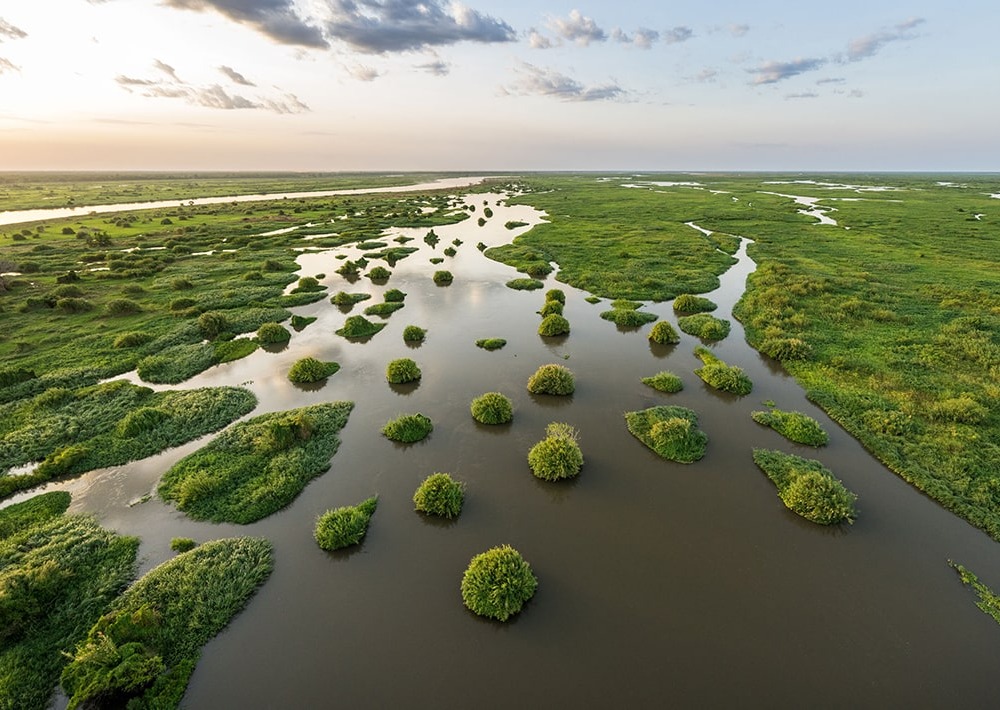
Nile River in Boma and Badingilo National Parks, courtesy African Parks/© Marcus Westberg
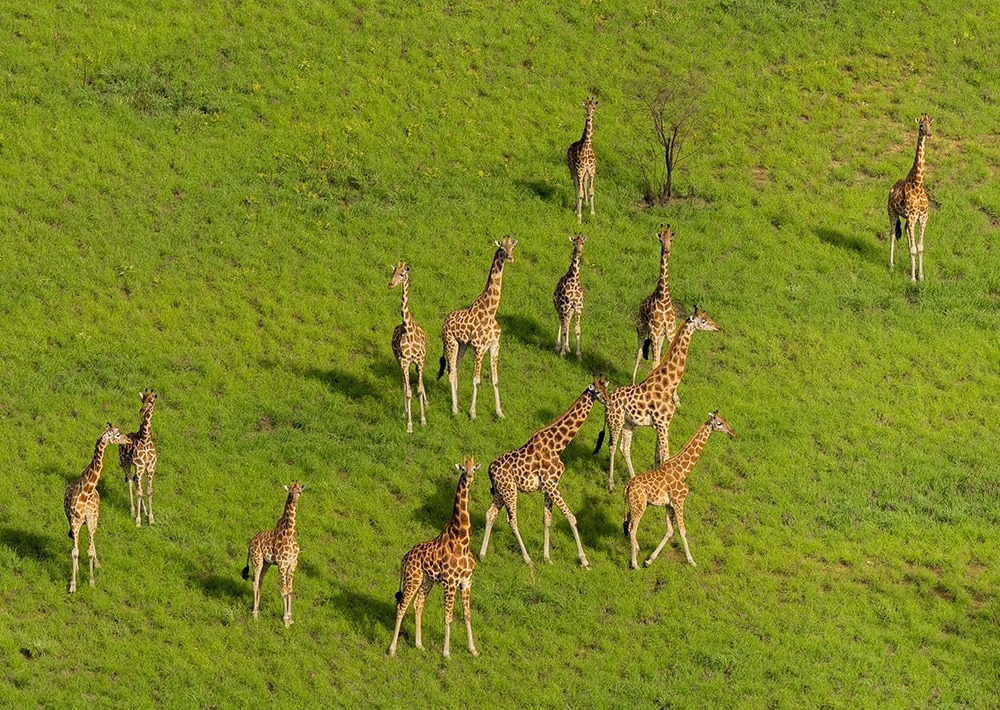
Giraffe in Boma and Badingilo National Parks, courtesy of African Parks/© Marcus Westberg
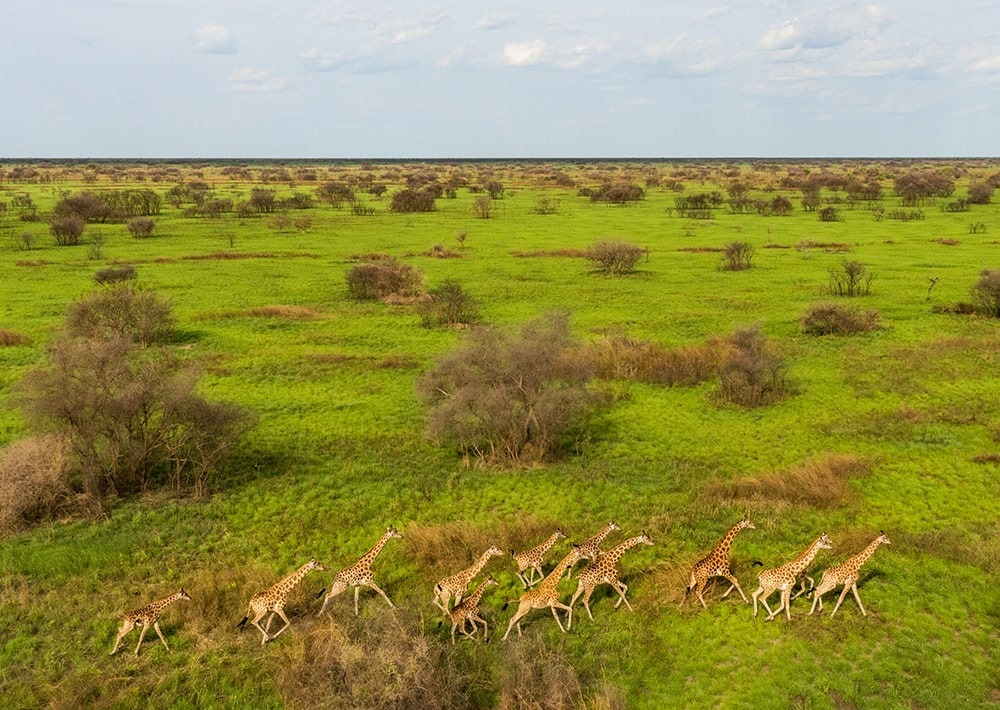
Giraffe in Boma and Badingilo National Parks, courtesy of African Parks/© Marcus Westberg
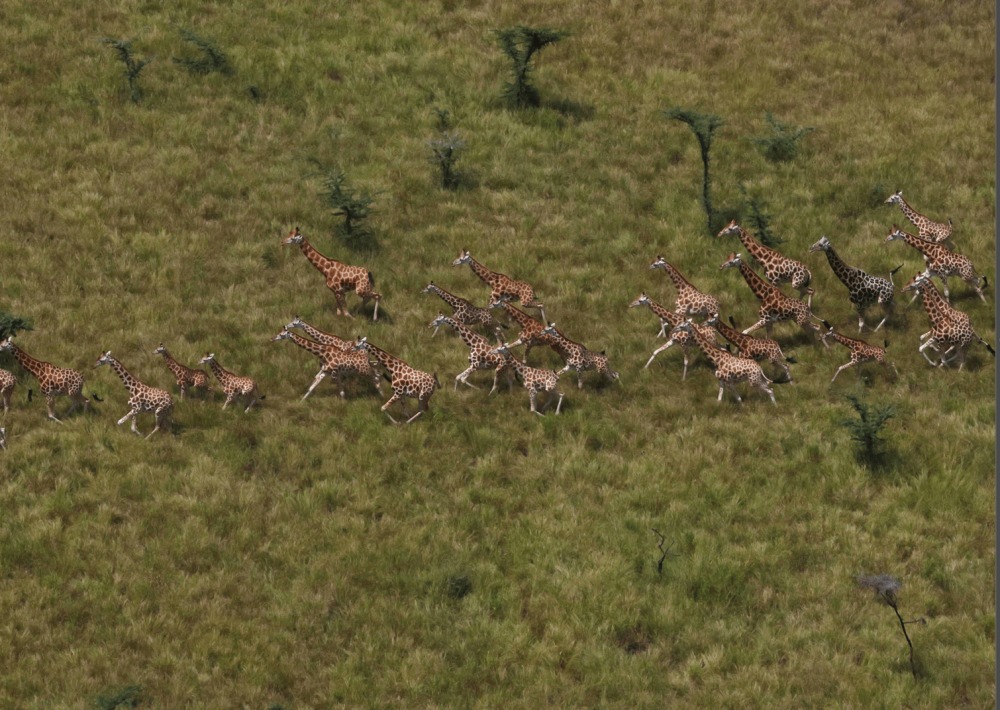
Herd of Giraffe, courtesy of African Parks/© Mike Fay
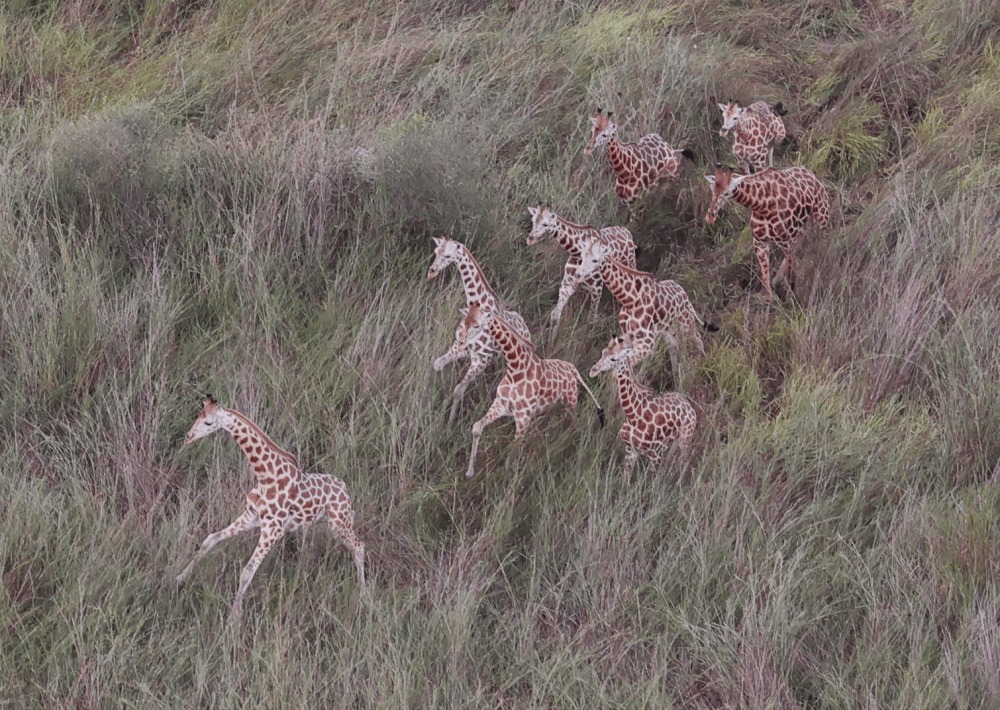
Herd of Giraffe, courtesy of African Parks/© Mike Fay
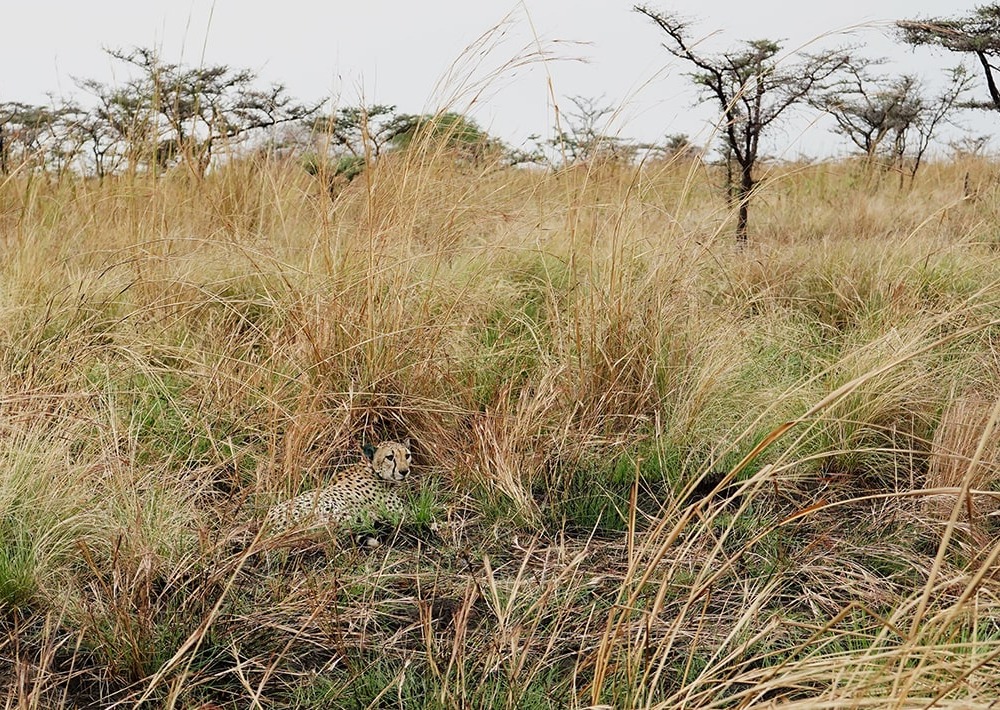
Cheetah in project landscape, courtesy of African Parks
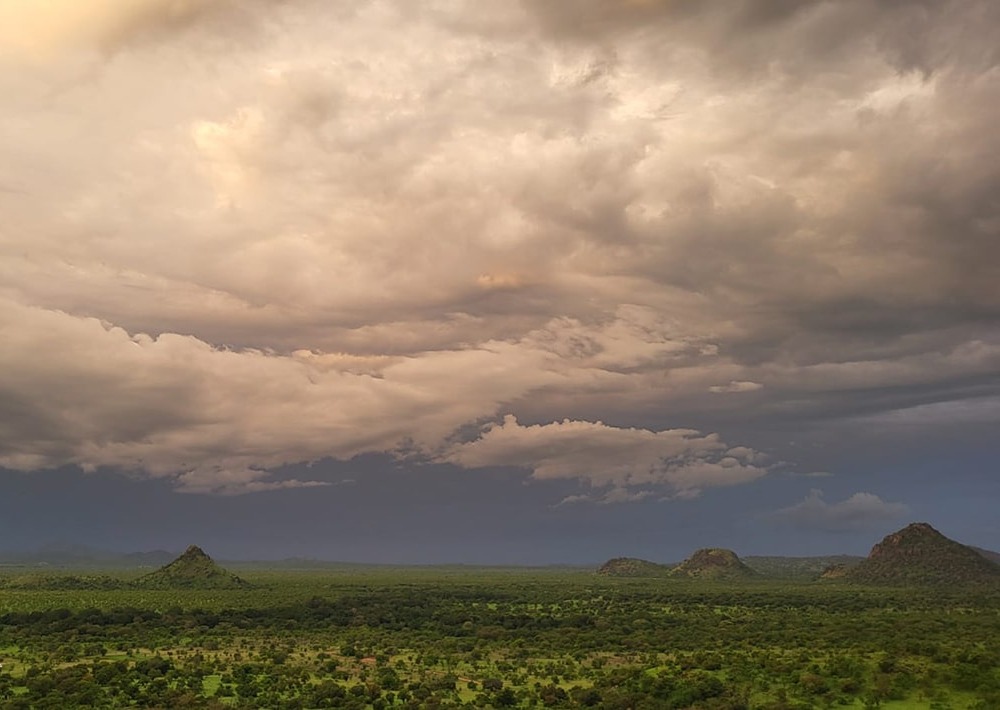
The project landscape in South Sudan, courtesy of African Parks
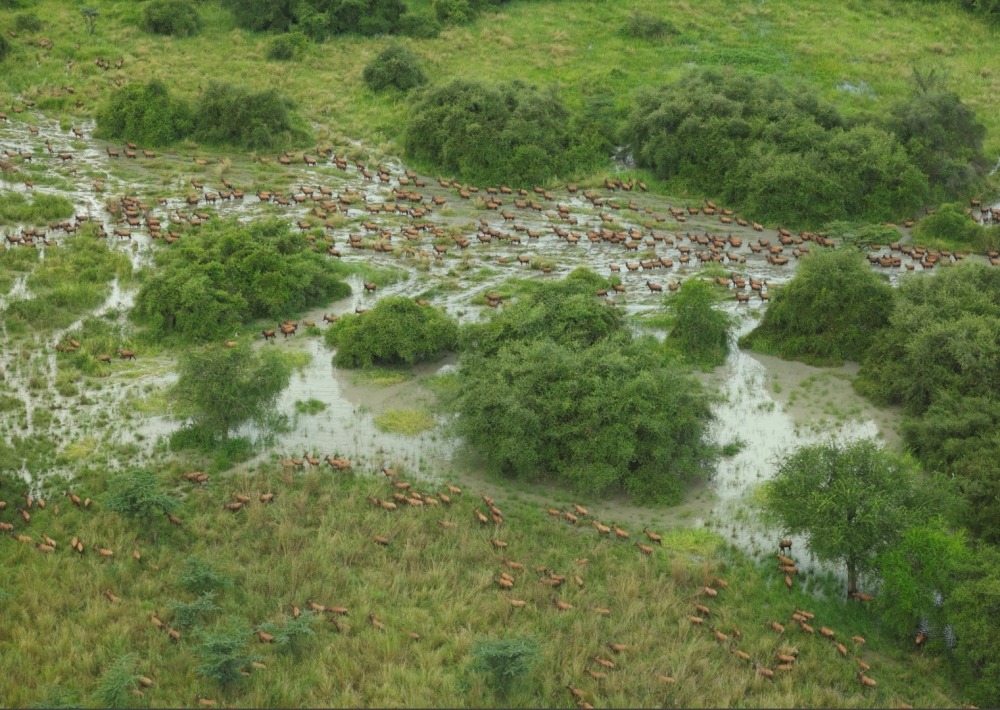
Antelope move through the project area, courtesy of African Parks/© Mike Fay
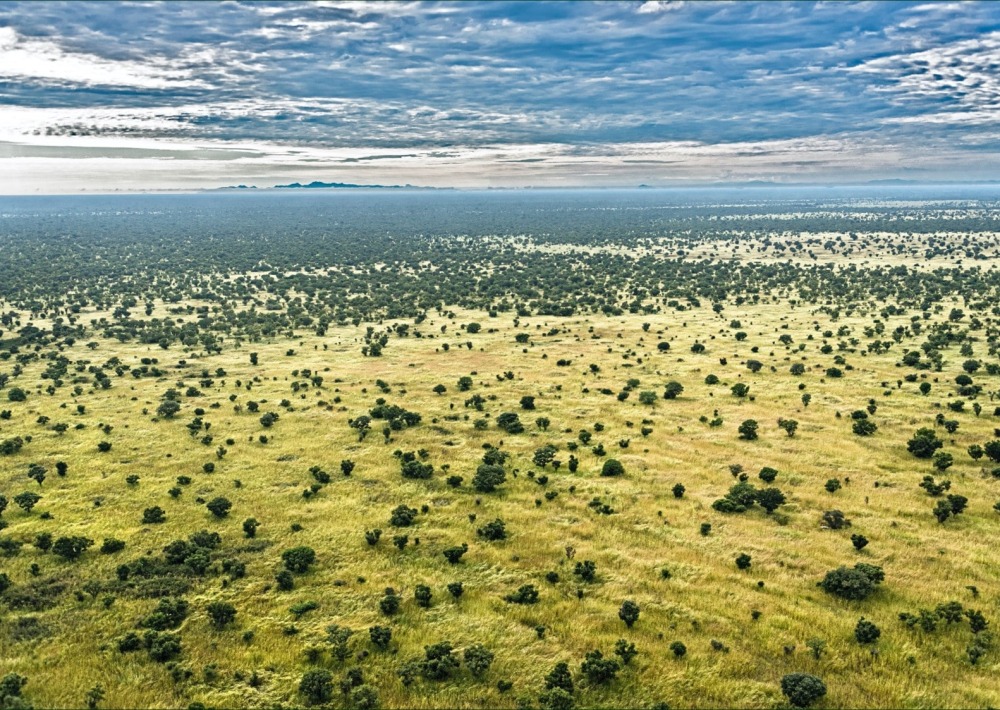
The project landscape, courtesy of African Parks/© Mike Fay
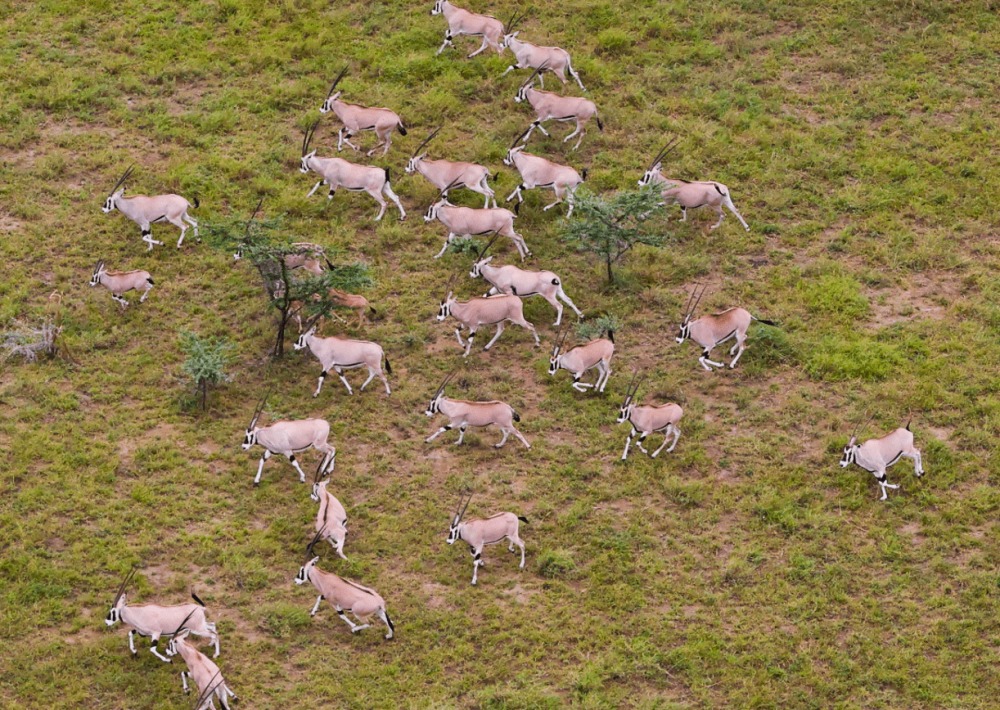
Beisa Oryx or East African Oryx, courtesy of African Parks/© Mike Fay
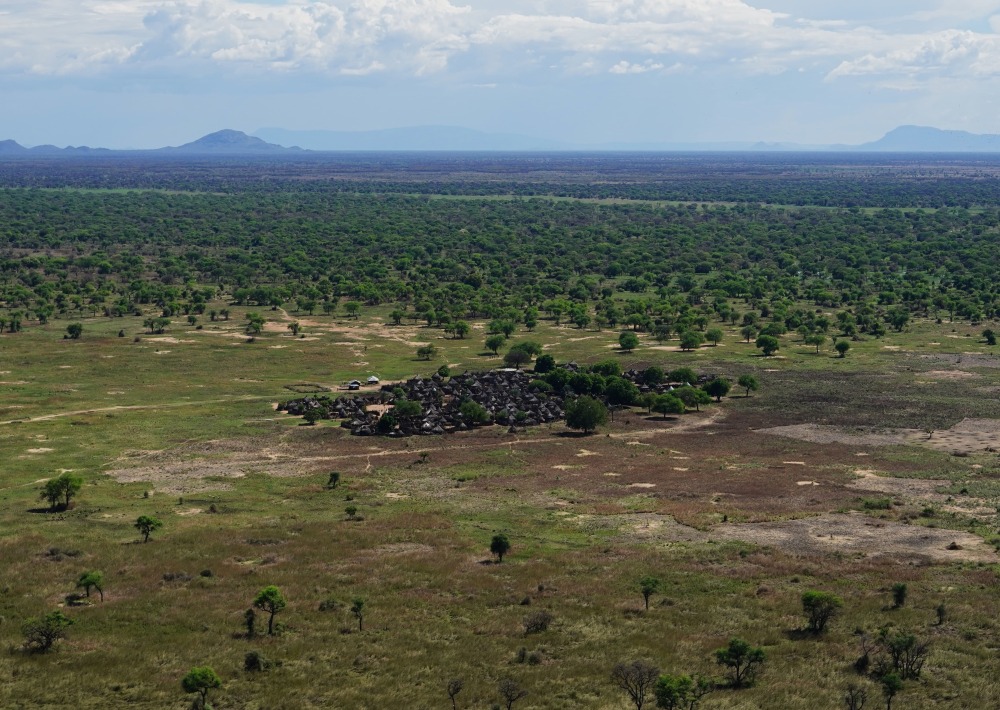
Project Landscape with village, courtesy of African Parks
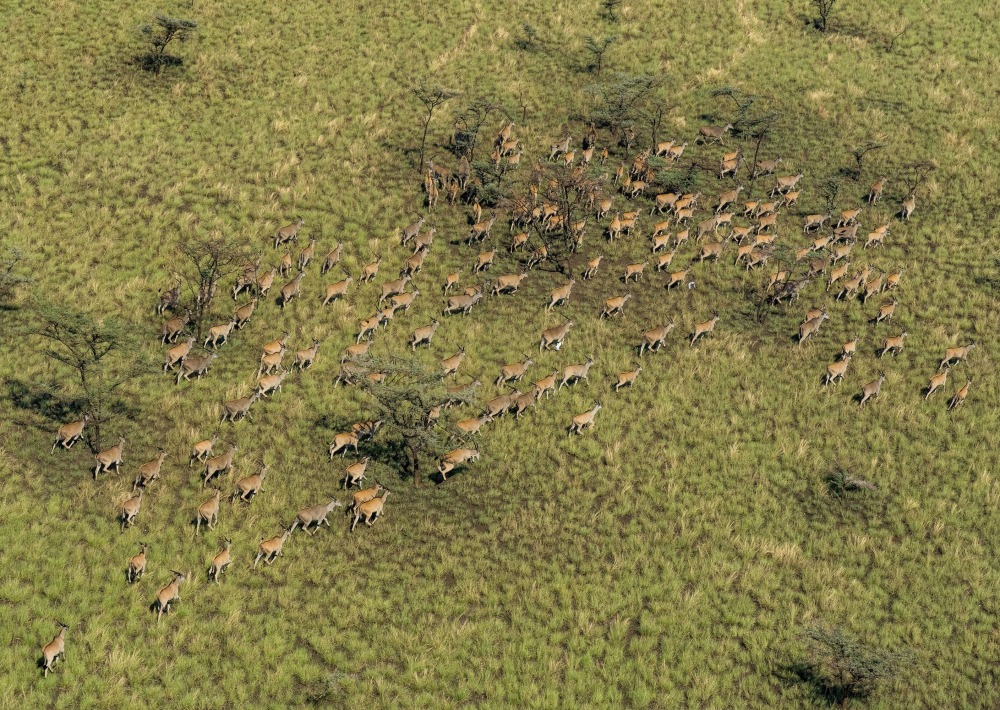
Eland in Boma and Badingilo National Parks, courtesy of African Parks/© Marcus Westberg
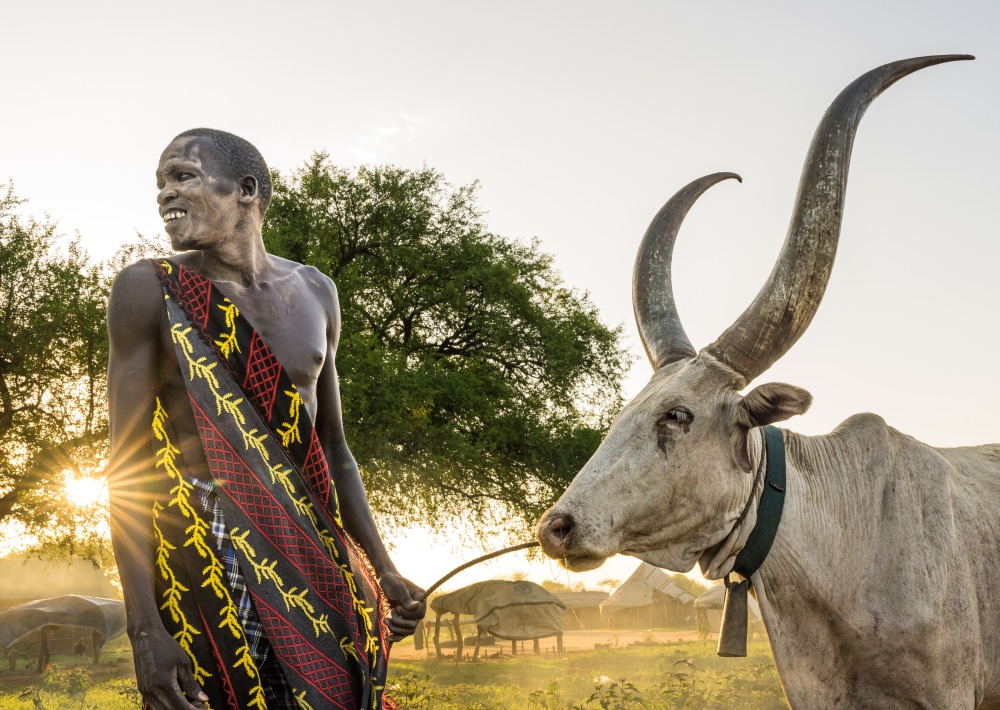
Tribesman from Community Bala Mundari, courtesy of African Parks/© Marcus Westberg
This project will prevent emissions comparable to
gallons of gasoline consumed
Save Declining Populations of Unique African Species
To learn more about this extraordinary, intact wilderness and the millions of migrating animals surviving here, our partner is fitting multiple species with over 100 GPS collars. By gathering data on the migration and its parameters, much will also be learned about how to save the Endangered African Savanna Elephant and Beisa Oryx, and the Vulnerable Lion, Cheetah and Giraffe that are scattered across this landscape in small, unknown numbers.
Support Local Communities to Rebuild Biodiversity in South Sudan
Rainforest Trust and our partner will engage with the local pastoralist communities of the sparsely populated landscape to build understanding about the need to safeguard the antelope migration and protect imperiled species. Collection of baseline social and ecological data will inform a universally agreed-upon Land-Use Management Plan. The project will also support the development of sustainable enterprises, environmental education programs, and health and employment initiatives.
LEARN MORE ABOUT THIS PROJECT >
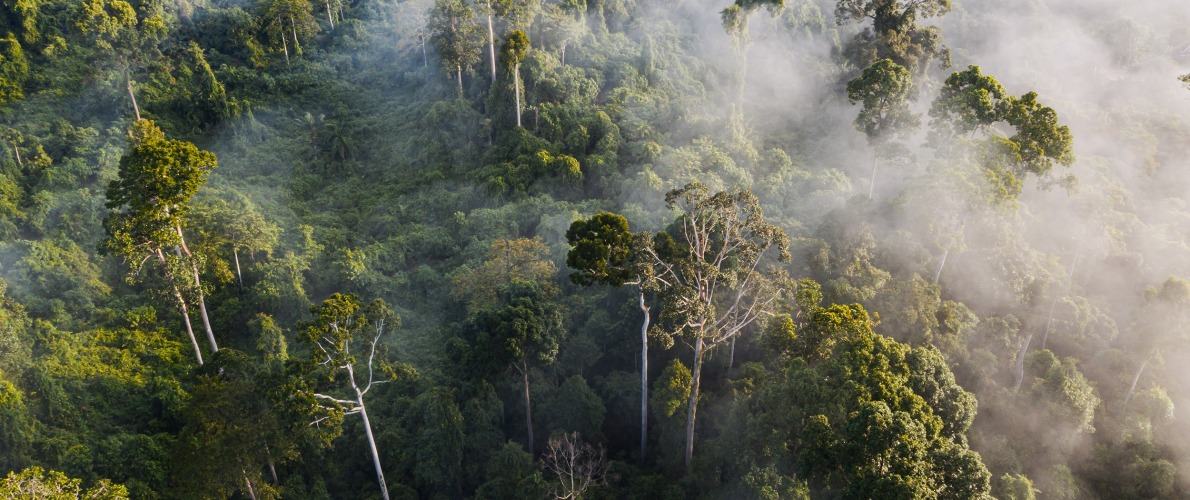
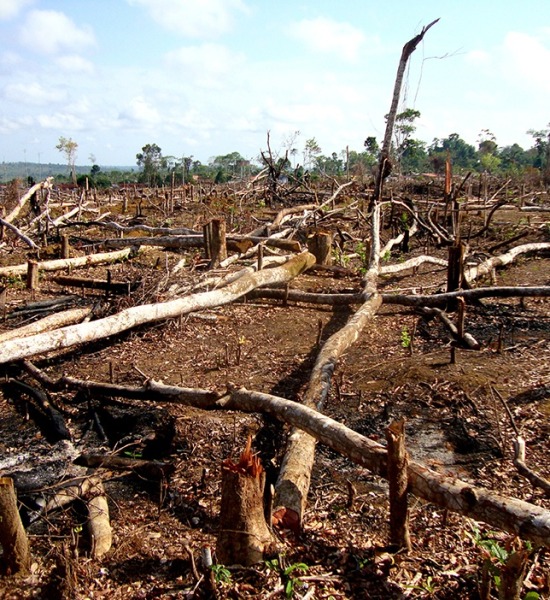
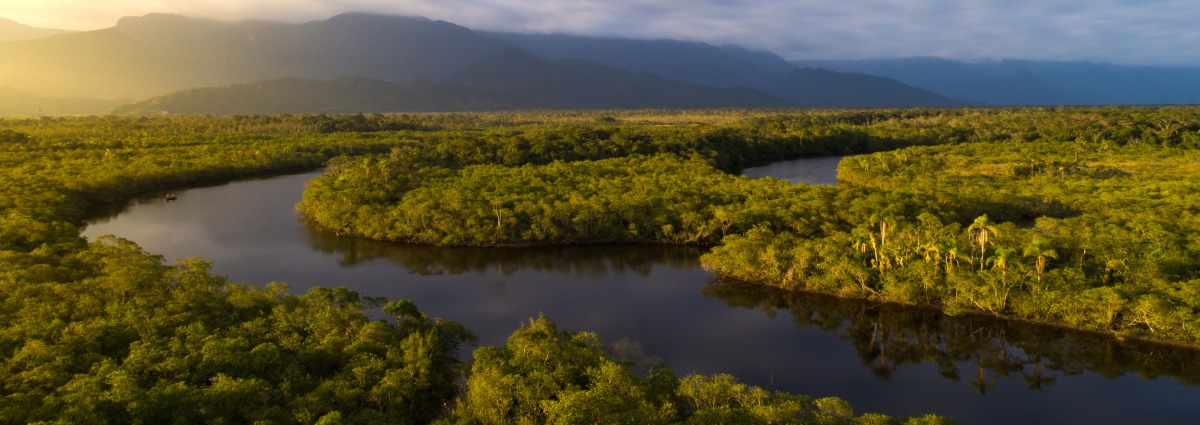
We Value Transparency.
Conservation work is critical, challenging, and can be costly. We work hard to ensure we raise only the funds needed for each project. In the rare case we raise more money than needed or a project comes in under budget, excess monies will be transferred to the Conservation Action Fund. This fund supports our important conservation work throughout the tropics.
Learn more about the Conservation Action FundLearn more about the Conservation Action Fund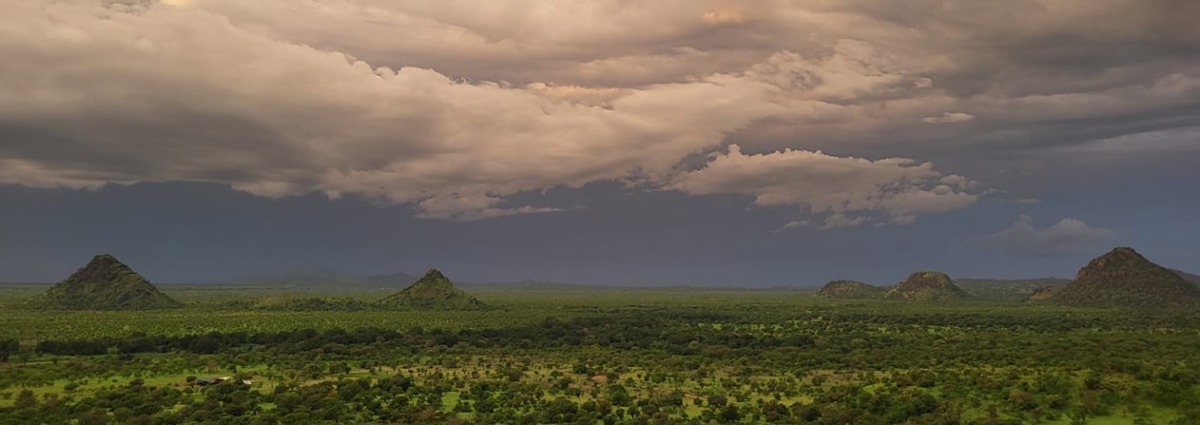
Partnering to Save Rainforest
Our partners’ ability to work with their governments and build strong connections with local communities ensures the successful implementation of our projects.
Learn More About This PartnerLearn More About This PartnerSign up to receive the latest updates
"*" indicates required fields
100% of your money goes to our conservation efforts
Our board members and other supporters cover our operating costs, so you can give knowing your whole gift will protect rainforests.

